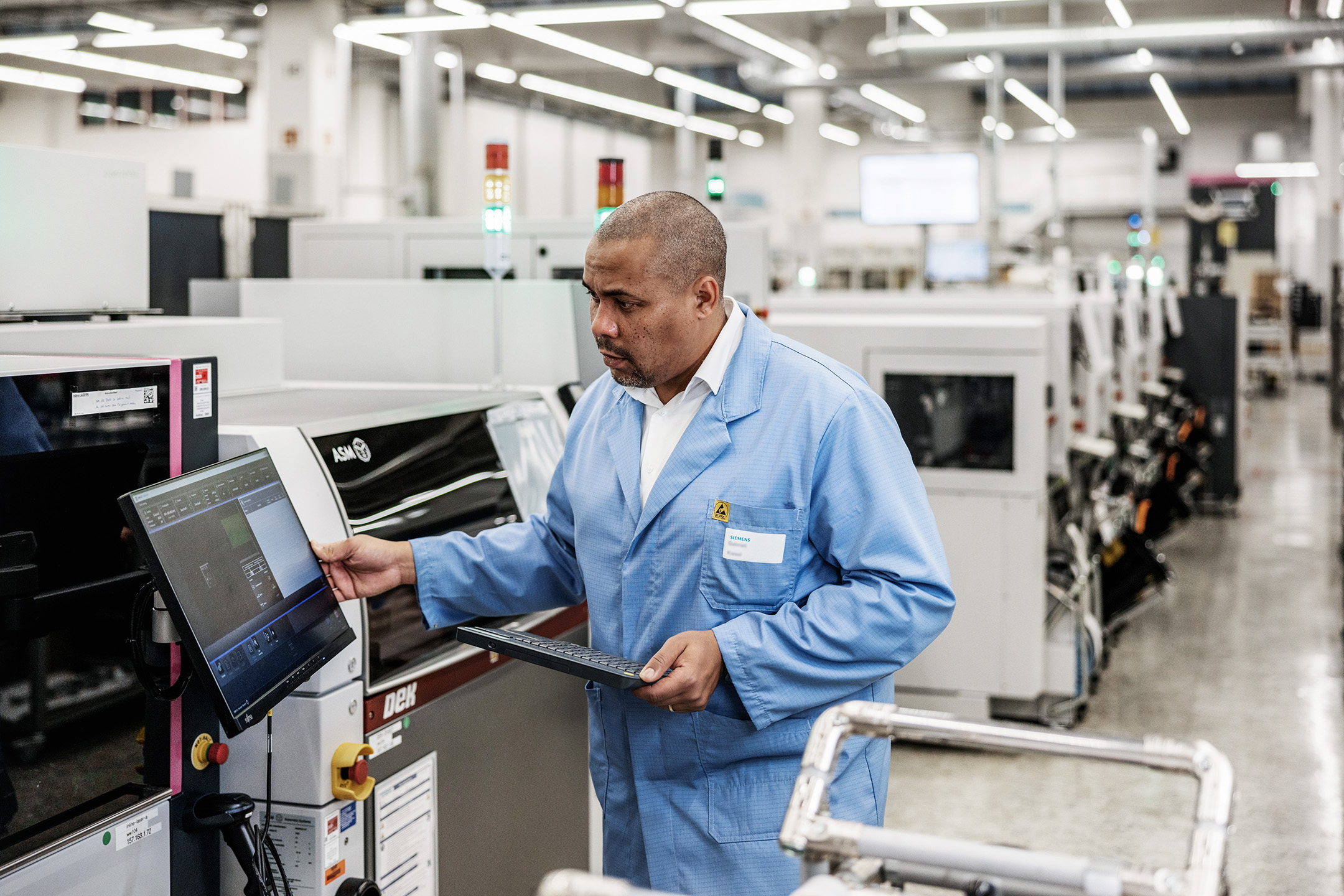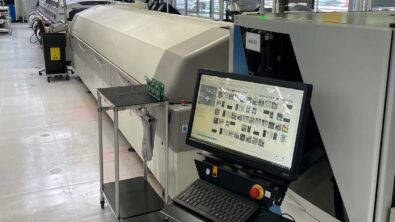When automated processes actually slow down production

And how AI can help to solve bottlenecks caused by automated inspection
Automated optical inspection (AOI) machines are used in PCB manufacturing to detect defects, but they often generate a high frequency of false alarms: up to 95% of these alarms are false calls. This means that good components are mistakenly identified as defective.
This issue is augmented in the next step in the process, in which human inspectors must inspect the board to determine its actual quality. When the false-calls stack up, human inspectors experience alarm fatigue that can result in an increase in mistakes when visually inspecting a board (slips), defeating the purpose of optimization and automation. Manual inspections have been shown to have a 30 percent chance of an operator missing a real error.
In this scenario, the problem at hand is too large for individuals to solve alone. It serves as a real-life illustration of how developing technologies, such as artificial intelligence and machine learning, can be effectively utilized. These technologies prove particularly valuable in cases where a legacy process is causing a bottleneck and requires repetitive decision-making.
Implementing AI to improve manufacturing processes
AI and ML can be used to support, guide, or replace human operators during manual tasks. By identifying errors or defects, these technologies can help ensure that work instructions are properly executed and work results are accurately documented. When deployed near the machine, AI can monitor and reevaluate process results, which can improve important KPIs such as first-pass yield, availability, and overall equipment effectiveness.
Additionally, AI can be trained to assess product or process quality, improve automatic inspection procedures, and optimize processes for specific material or equipment properties, as well as performance in multivariate settings. Overall, investing in AI and ML can help improve manufacturing processes and increase efficiency.
A ready-made Siemens solution for AOI false calls
The typical PCB manufacturer doesn’t have AI experts to maintain the relevant ML models; therefore, Siemens has created a cloud-based solution specifically for AOI false-call reduction.
This streamlined solution requires only four components. In broad terms, it is provided by Siemens as a package that includes hardware, software, and tailored service for your specific operations. It has already been implemented and utilized in our own factories located in Erlangen and Rastatt, as well as by other clients.
Learn more about the solution in our white paper “Smarter false call reduction for electronics manufacturing”, or watch the webinar on-demand: “Using AI to improve overall equipment effectiveness (OEE) and reduce quality costs in electronics manufacturing”.
